We are all well aware of how age affects a woman’s fertility. As a woman gets older, her fertility begins to decrease, and her chances of getting pregnant gradually begin to decrease. But, the question is, what exactly are the rates of infertility for women, based on their ages? Today we are going to find out. Claim Your 20 Free Pregnancy Tests – Click Here

A woman’s late teens and early twenties mark her most fertile time of her life. A woman has almost a full supply of eggs and all of her good quality eggs are still remaining. Not too many of her eggs have been used up yet, and that leaves not only a good quantity of eggs, but also most of the good quality eggs remaining as well.
The average pregnancy rate per month for a woman in her twenties is around 20 to 25 percent. Those are actually very good odds, and during a woman’s twenties, her likelihood for birth defects or other pregnancy problems is at an all time low. Women in their twenties also usually bounce back well from pregnancies in their early twenties, and have a relatively low risk of miscarriage.

Once a woman hits her thirties, her fertility begins to start to see a pretty dramatic decrease. The average pregnancy rate per month for a woman in her early thirties is somewhere around fifteen percent per month. That is a huge drop in the pregnancy numbers between the twenties and thirties. Furthermore, once a woman hits her mid thirties, her fertility sees an even more dramatic drop.

Once a woman is in her mid to late thirties, her chance of getting pregnant is only somewhere around ten percent per month. As you can see, that time period between late twenties and late thirties is a very important time as far as fertility is concerned.
Women in their thirties also have a higher rate of birth defects, miscarriage and other pregnancy problems. For example, at age 35 a woman has around a 25 percent chance of having a miscarriage any time she gets pregnant. Genetic testing is also recommended beginning for women who get pregnant after age 35.

Just like between the ages of 30 and 35, the time frame after a woman turns forty also brings about a sharp decline in fertility. By the time a woman reaches age 40, her egg supply is at an all time low, and the eggs that do remain might not be the most viable.
The chance of a woman in her forties getting pregnant in any given month is only around five percent. Even infertility treatments such as in vitro fertilization is not usually super successful after age forty. This is just due to the simple fact that there just are not many viable eggs remaining in a woman’s body at this point.
Some experts will actually go as far as to say that around 90 percent of a woman’s eggs after age forty have some sort of abnormality. Miscarriage rates, birth defects, and risk of pregnancy complications and problems for both baby and mother are at an all time high when a woman reaches age 40.

As you can see, a woman’s fertility begins to decrease as she gets older. At first the change is gradual, and as a woman gets older, the changes become more and more drastic. You should speak with your doctor if you have concerns about what age is best for you to try to become pregnant.

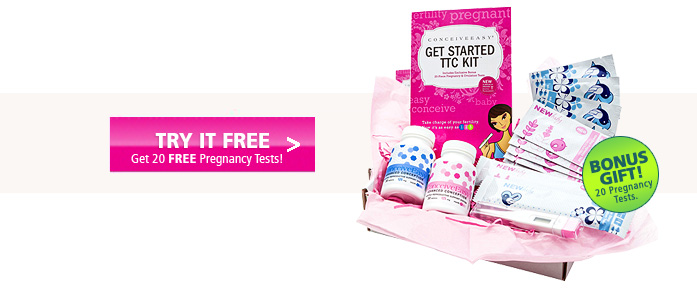
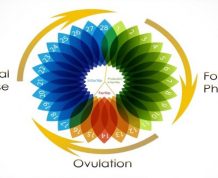

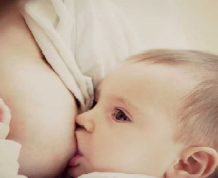
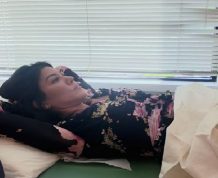
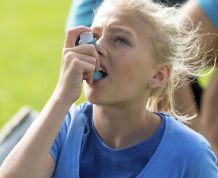


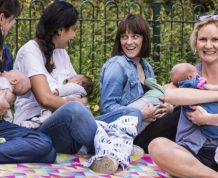
Comments